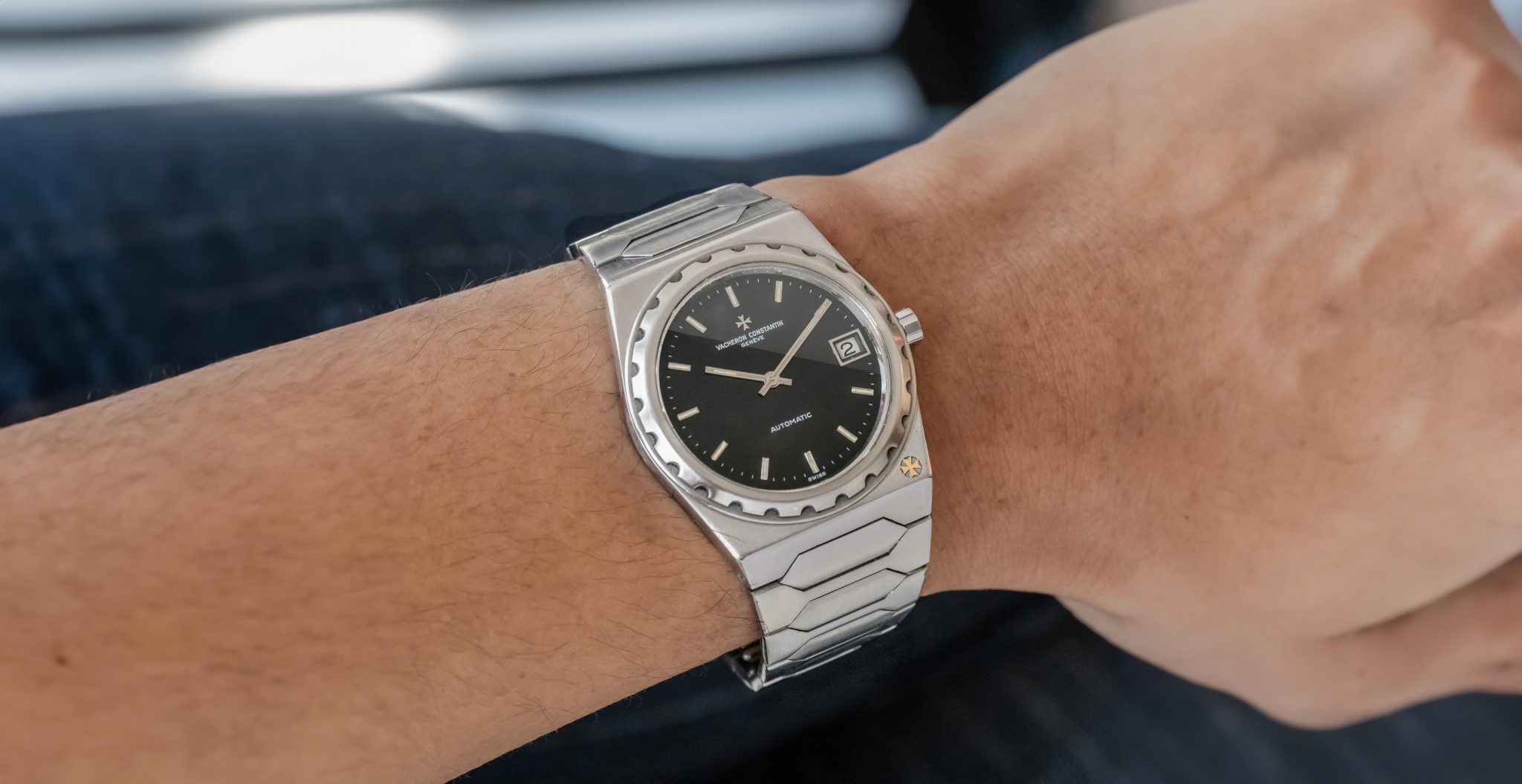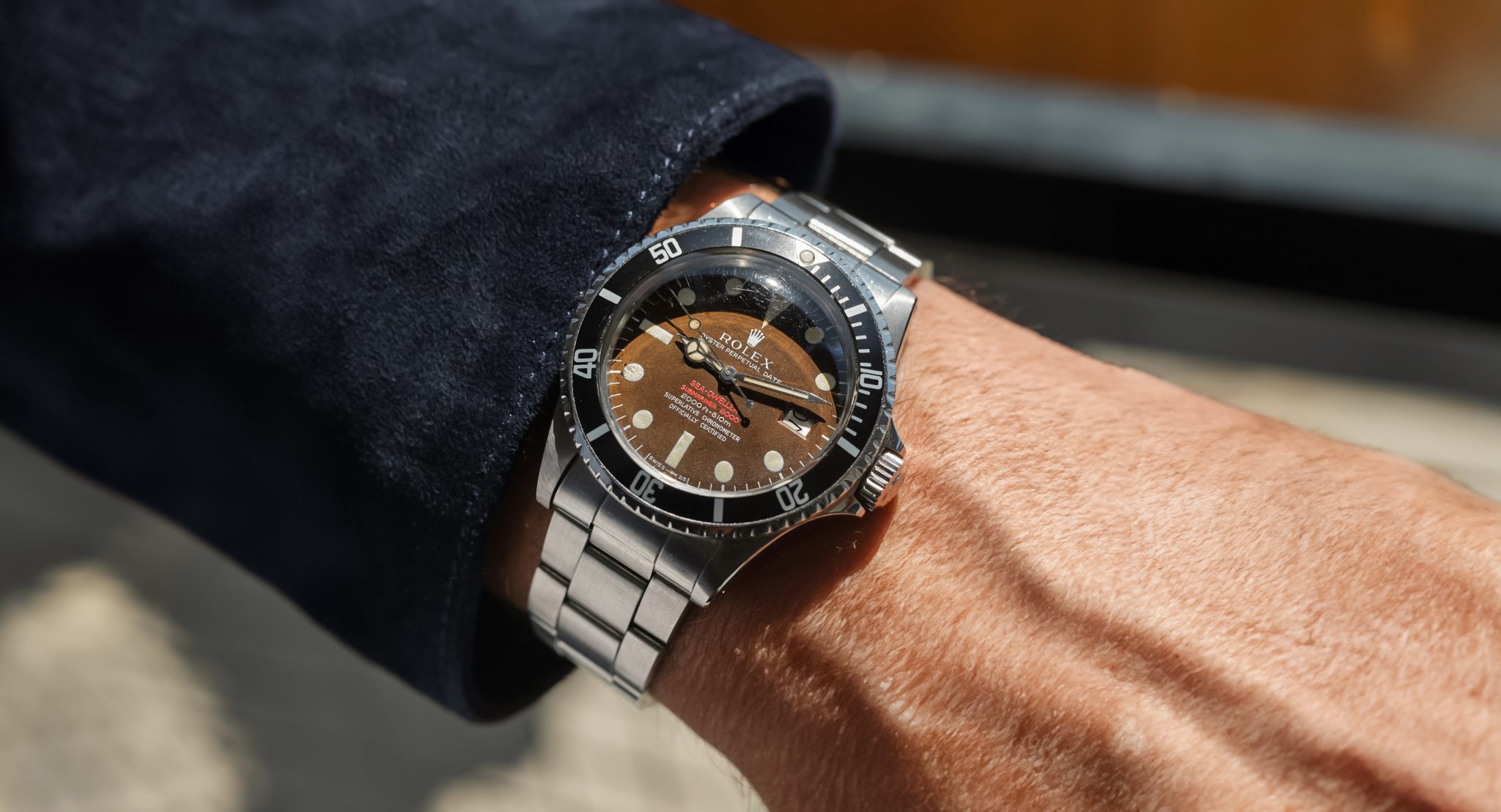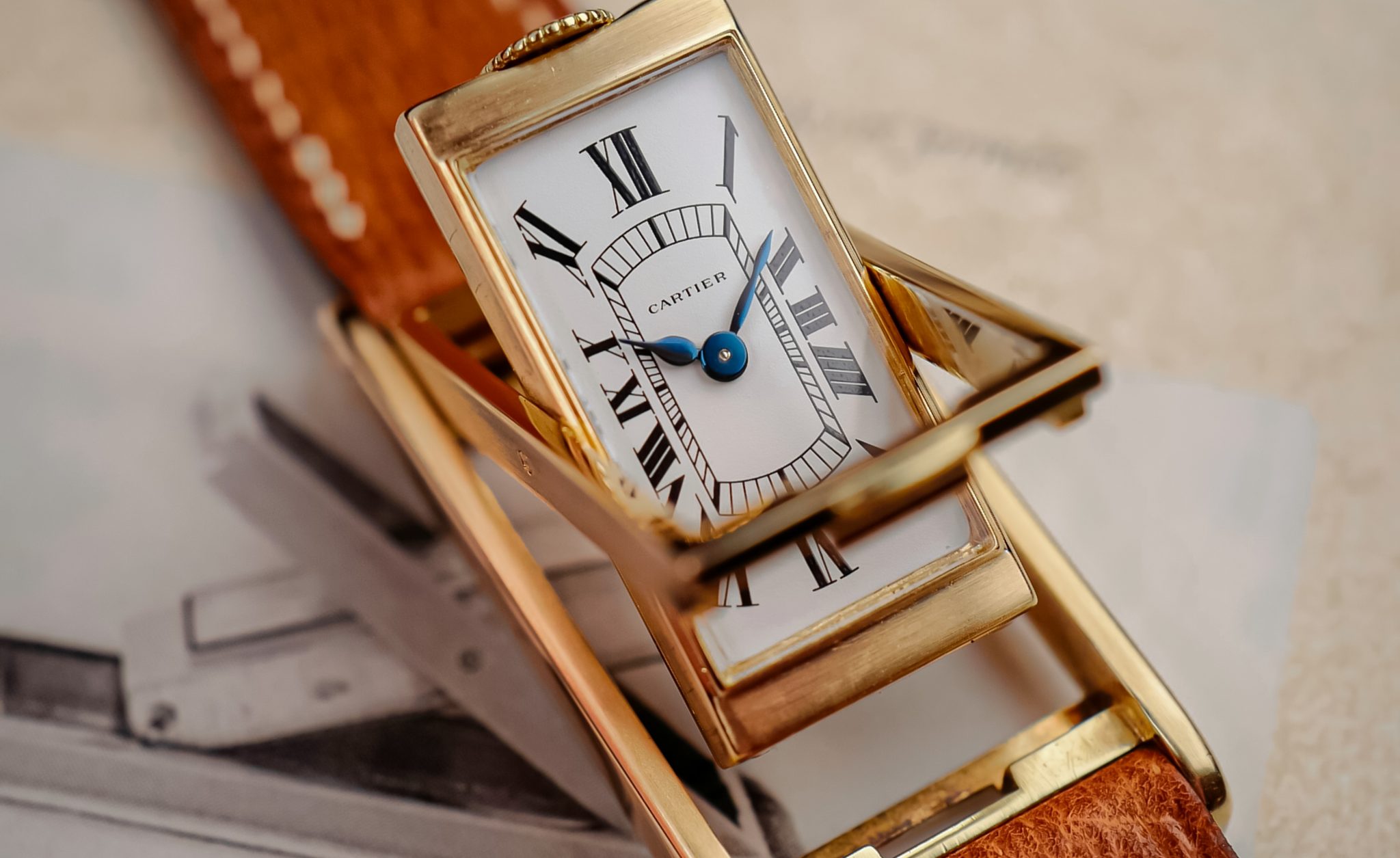
Cartier Tank Cabriolet Reversible
This is where the Basculante started, except this one is so vintage that back then Cartier just called it the Tank Cabriolet Reversible. The Basculante naming convention only became standardized around the ref. 2390 in the 90s and this incredible time capsule dates from the 1940s. If you’re a student of detail, you’ll notice almost everything is different here. This is a Cartier from the time when the name meant independent boutiques in Paris, NYC, London, and Saint Petersburg each making varied creations.
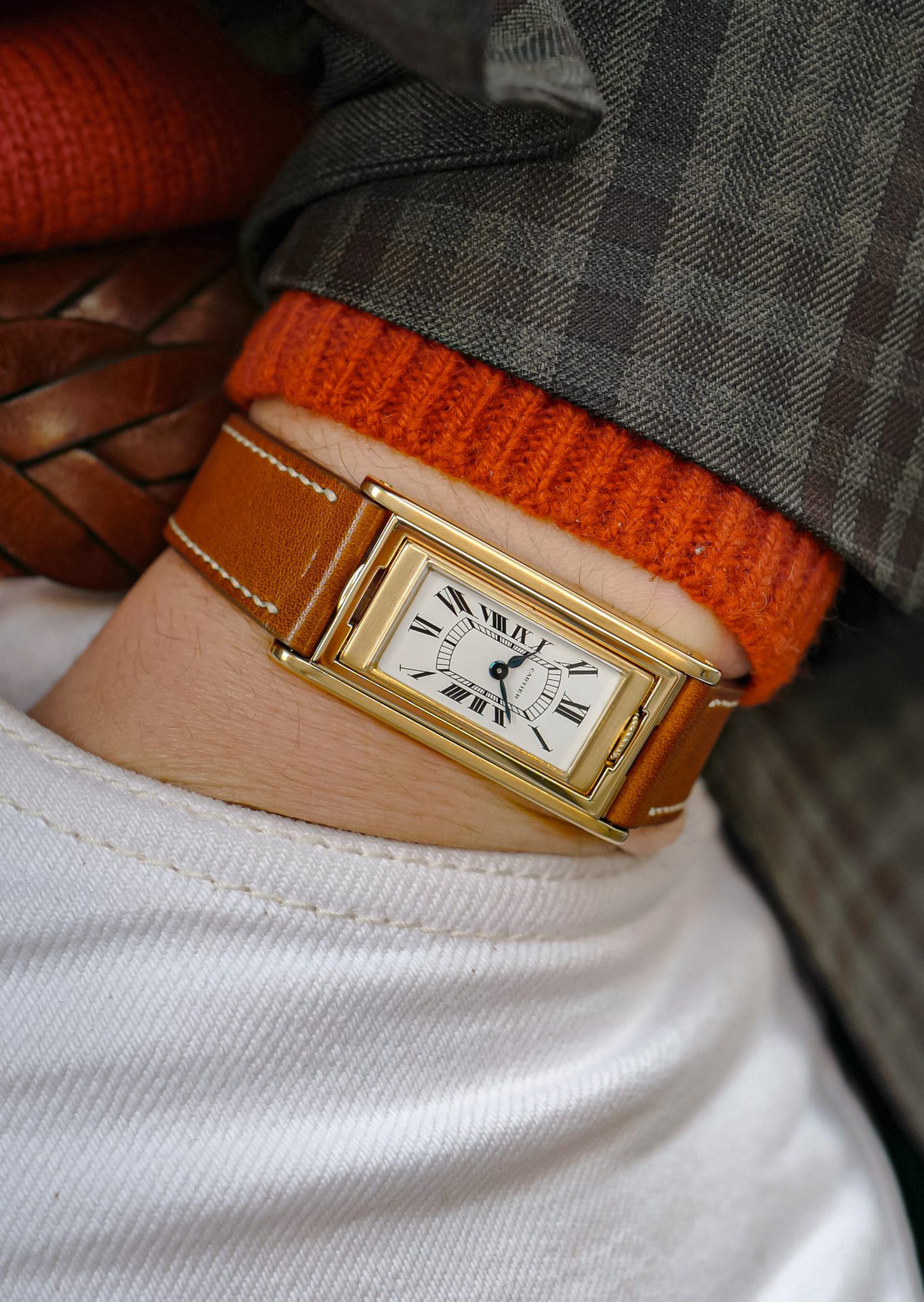
And as Cartier creations go, the Basculante and its earlier forms are really one of the most functionally-driven aesthetics. We usually think of Cartier as a design-first watchmaker. But this case comes from a need to protect the delicate mineral crystal from daily life at the time, where work and play meant more than sitting in front of a monitor and having a drink. While many think the ‘Basculante’ case was inspired by the Reverso because it came out one year later, the patent was filed ahead of the Reverso in 1926. Really though it’s swings and roundabouts on branding because Spécialités Horlogères, a case manufacture, developed both. This is likely more a case of convergent evolution. And while we all love the Frederic Piguet calibres Cartier often make use of, this early example is powered by Audemars Piguet as we sometimes see.
I particularly love this watch as it’s an example of well documented, disclosed, and generally acceptable restoration. Unlike many high-value collectible worlds, the precise guildines of what is and what is not acceptable restoration work for any given watches is still poorly defined. We’re in the consensus, but not agreement phase. This example was painstakingly restored at Cartier, which is the closest thing we have to a gold standard. This is not the same thing as sending your watch to be serviced, and I’m sure it represents years of careful work and hard decisions. The aesthetic result is well-judged to my eye: characterful, still with heavy patina, yet not so far damaged as to be worried about the movement or using it. Early Cartier is a very tricky world to collect, where not much is well-documented and bad restorations abound. This Basculante-that-isn’t is about as acceptably restored as it’s possible for an early-20th c. watch to be. Still a true object of art and history, just one that can be worn again.
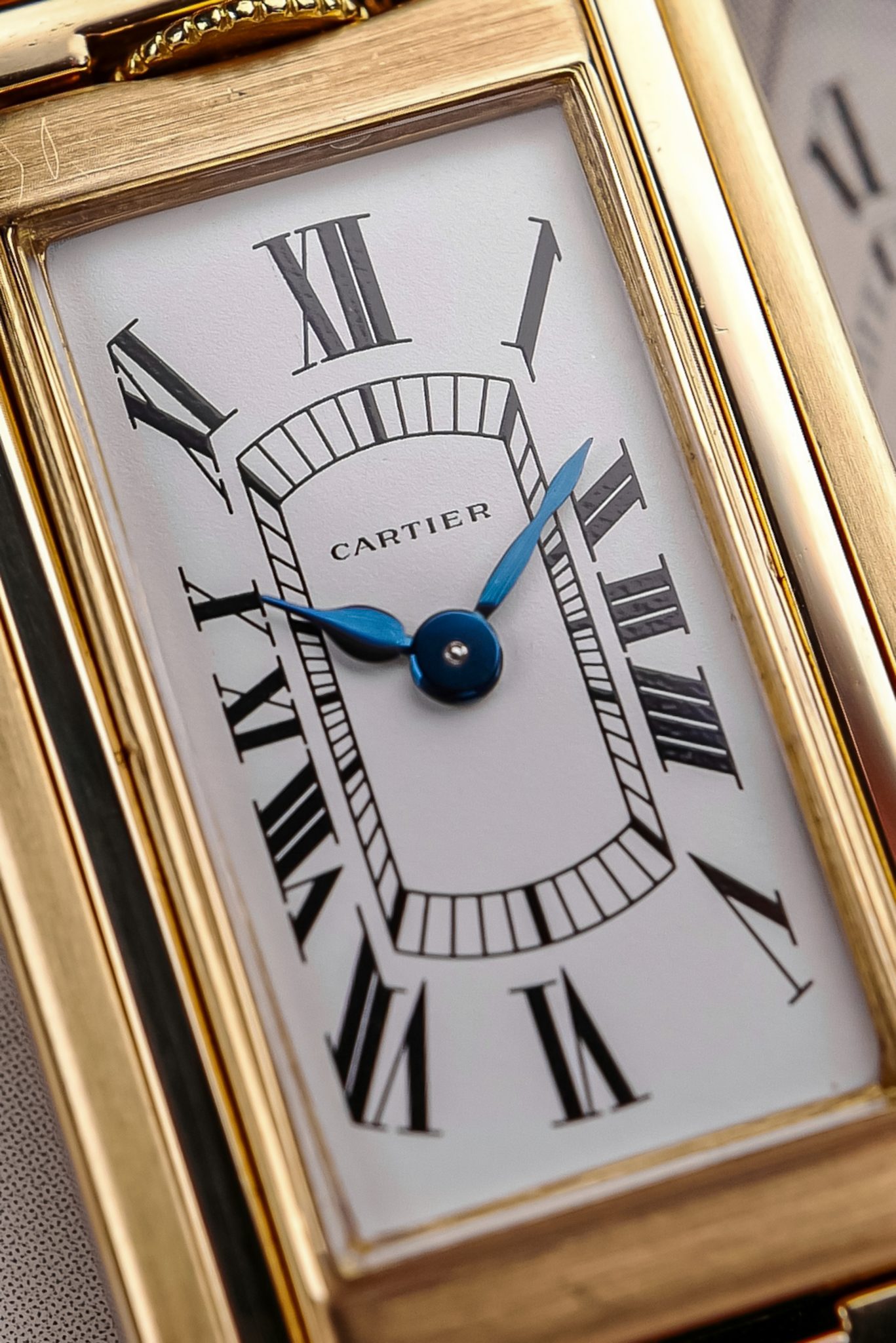
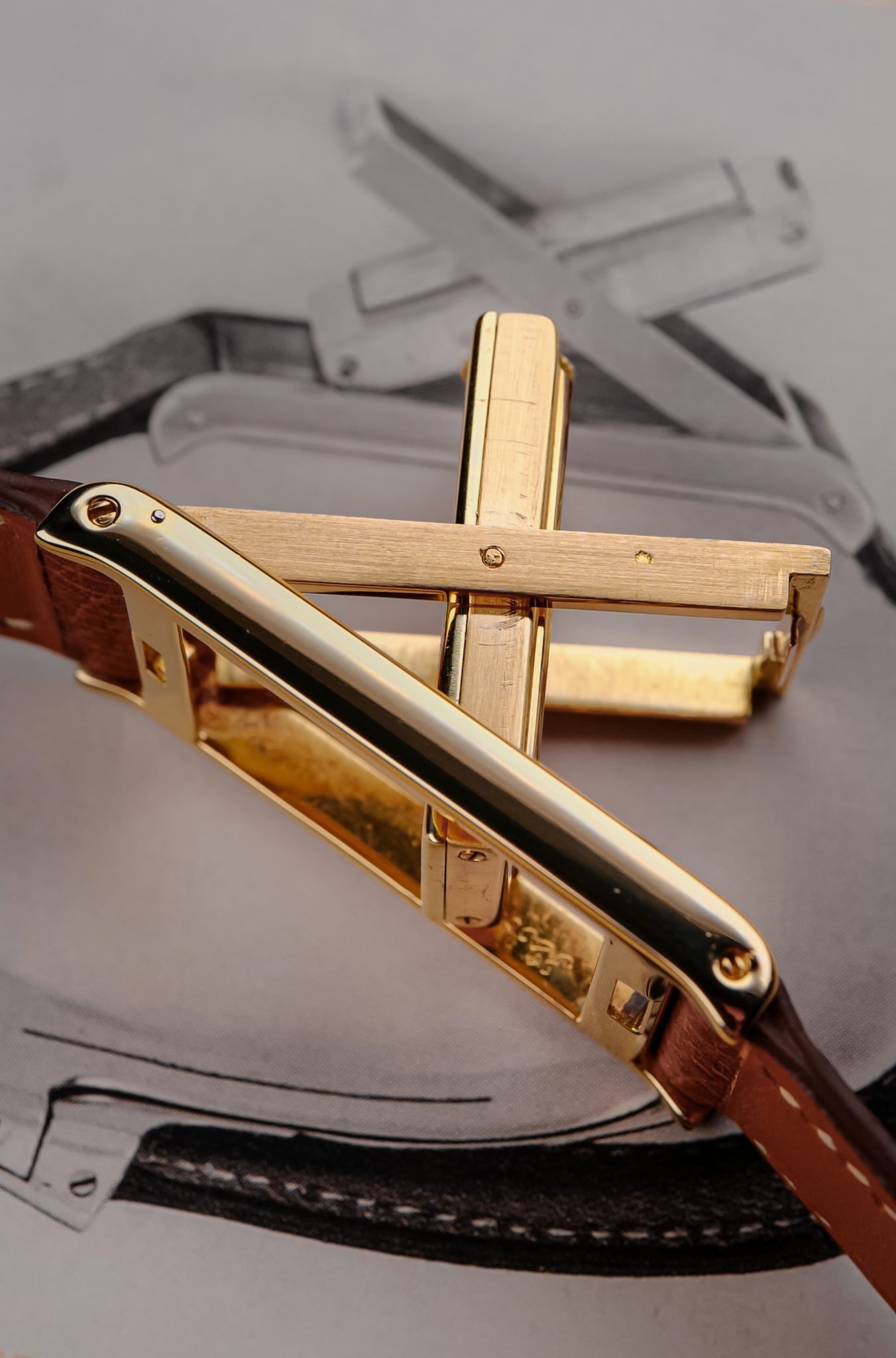
This example is really quite lovely. I’d love to see the full story, Cartier usually document their restorations quite well not just with photos but in terms of what was done where. As anything I’d say here would just be speculation, I’d get in touch with Antoine de Macedo. But if you want advice on the model a friend of Hairspring @analog_ovo has recently gone through a similar process of restoring his, so would be able to tell you far better than I what it’s like to live with. A very special object. It comes from ADM, a well-regarded Parisian retailer.







